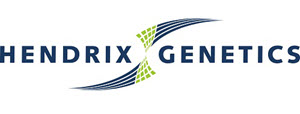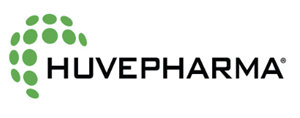Evolution of H5 and H7 HPAI virus cleavage site
A recent review examines the molecular evolution of highly pathogenic viruses, focusing on their natural history, biology, and the critical role of the haemagglutinin cleavage site motif.
The review offers a comprehensive analysis of the haemagglutinin cleavage site (HACS) motif in H5 and H7 avian influenza viruses (AIVs) and its implications for pathogenicity. It discusses the structural characteristics of the HACS motif, its function in the cleavage of the haemagglutinin protein, and the evolutionary dynamics that influence the emergence of highly pathogenic strains. The composition of the HACS motif, particularly the number of basic amino acids, is a primary determinant of the pathogenicity of H5 and H7 AIVs. Highly pathogenic avian influenza viruses (HPAIVs) typically possess multiple basic residues, allowing for cleavage by a broader range of host proteases, which facilitates systemic infection.
The review emphasizes that the expansion of the HACS motif is primarily observed in H5 and H7 subtypes, indicating a unique evolutionary pathway for these viruses. It also discusses the ecological dynamics of low pathogenic avian influenza viruses (LPAIVs) and HPAIVs, noting that LPAIVs are prevalent in wild aquatic birds, while HPAIVs often emerge in gallinaceous poultry. The differences in host species and environmental pressures contribute to the selective forces that shape the evolution of the HACS motif. Understanding the molecular evolution of the HACS motif is essential for developing effective surveillance and control strategies for avian influenza, particularly in domestic poultry, where the risk of spillover to humans exists.
See full article: Link











